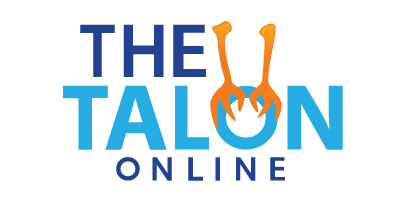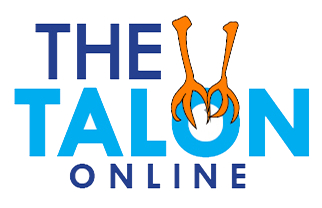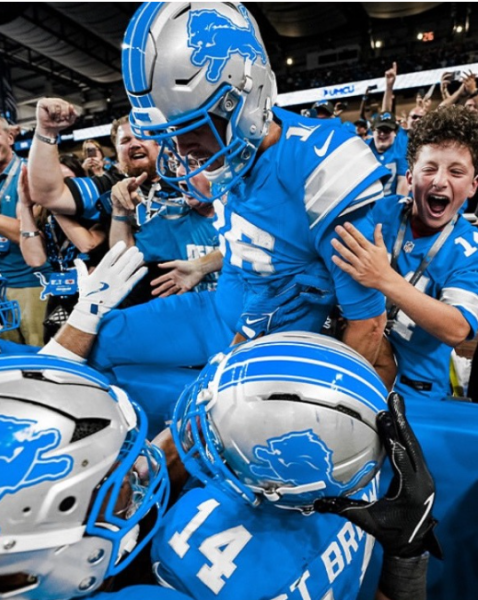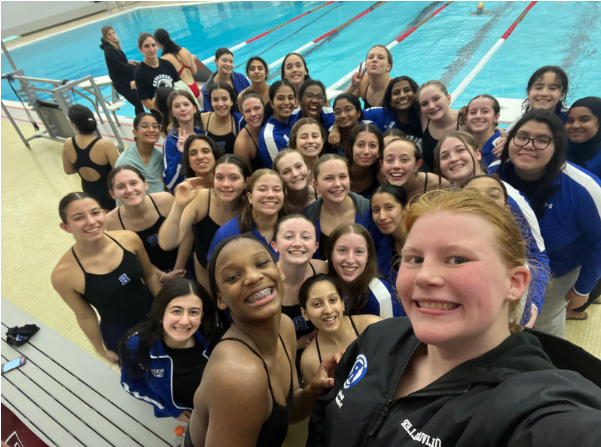To Read or Not to Read – March is Reading Month
March 14, 2017
As high school progresses, reading for enjoyment becomes more of a struggle for those who enjoy the lost art of literature. With increasing schoolwork and lacking time to set aside for reading, not many RHS students are able continue with a much-loved hobby from elementary years. For some students, reading has and always will be something that brings them out of reality and into some sort of fantasy world. March Reading Month is celebrated nationwide, but as students go from elementary to middle to high school, the prevalence seems to decrease.
Students at RHS have noticed that now that they are in high school, there aren’t as many planned activities for the month that seemed to be so well publicized in middle school. Senior Mariam Kaakarli recalls the days where reading was meant for relaxation and fun, not for points or an assignment.
“When I was a kid, my schools would stop class for twenty minutes a day; I really liked it back then because we would just did read for leisure rather than an assignment,” Kaakarli said. “[But] I don’t think that March Reading Month is really taken seriously. I think in elementary and middle school, [the schools] usually pushed for designated reading time… to help inspire kids to read more. But outside of a social media post, I don’t really hear my peers or people older than me acknowledging it.”
There were oftentimes many events and competitions to read as many pages of a book as possible in elementary school. Language arts teacher Mr. Kowal participated in March Reading Month (MRM) as a kid, and he recalls the rivalry in his class.
“In fourth grade, my teacher was really into it; she made it into a competition and we had to read so many pages or books by the end of the month,” Mr. Kowal said. “I remember the class really got into it because it was a competition and we had a lot of fun and there was a prize at the end; it was a big deal in fourth grade.”
Mr. Kowal recalls bringing in local authors to schools. When authors come into schools and introduce young readers to their literature, it inspires the children to continue reading all throughout their lives.
“[Bringing authors to schools is] a chance for them to come in, share their stories, meet with kids, and encourage them to read,” Mr. Kowal said. “A lot of high school kids don’t read because [they] get so busy and don’t have time to, [so] I think it’s important for the kids to see the author and talk to them because they’re important people.”
Apart from bringing authors to school, most students have different favorite books according to their interests. Senior Logan Mierzwa enjoys reading because of the different connections he can make with characters in novels.
“Some of my favorite books are ‘Where the Red Fern Grows’ [by Wilson Rawls] and ‘Lightning Thief’ [by Rick Riordan],” Mierzwa said. “They both made me feel for the characters and form a connection with them, which is very rare.”
Some students gain a new favorite novel because of an assignment. Kaakarli read “The Catcher in the Rye” (by J. D. Salinger) junior year, and she loved it so much that she read it three times.
“My favorite book so far is ‘The Catcher In The Rye’; I think I’ve read it three or four times now, and I never re-read books,” Kaakarli said. “I like how blunt it is; I like how the author writes about things that are ugly, but it’s not romanticized to make the novel more appealing. It covers things that people have to confront as they grow into adults.”
Teachers also recognize the importance of MRM and bringing local authors to schools. In elementary and middle school, following MRM was Authors in April (celebrated in elementary and middle school), which brought local authors from around an area to read and talk about their books to young students. Mr. Kowal’s student teacher Ms. Kizer recalls the importance of bringing authors to schools to show students that anything is possible when it comes to reading.
“Even in college classes there was a class all about literacy, and it was actually geared towards elementary students, but they talked about and emphasized the importance of introducing the authors to the students and having them be local,” Ms. Kizer said. “[Doing so showed] them that this is where you live, and this is where the author lives, look at how close you are, anybody can be an author. Giving them that background information just helps them understand that their possibilities are endless and everybody can write [and enjoy reading].”
BOOKS TO CHECK OUT
- “The Da Vinci Code” – Dan Brown
- “To Kill a Mockingbird” – Harper Lee
- “Pride and Prejudice” – Jane Austen
- “Black Like Me” – John Howard Griffin
- “Narrative of the Life of Frederick Douglass” – Frederick Douglass
- “The Fault in Our Stars” – John Green







